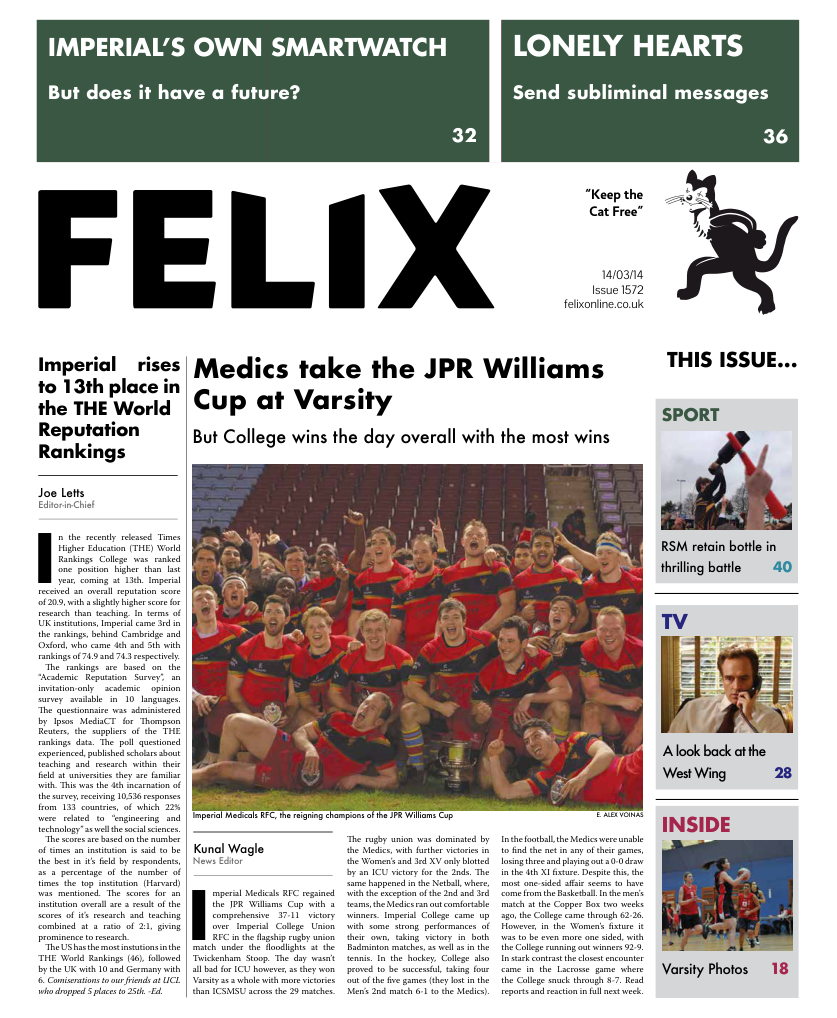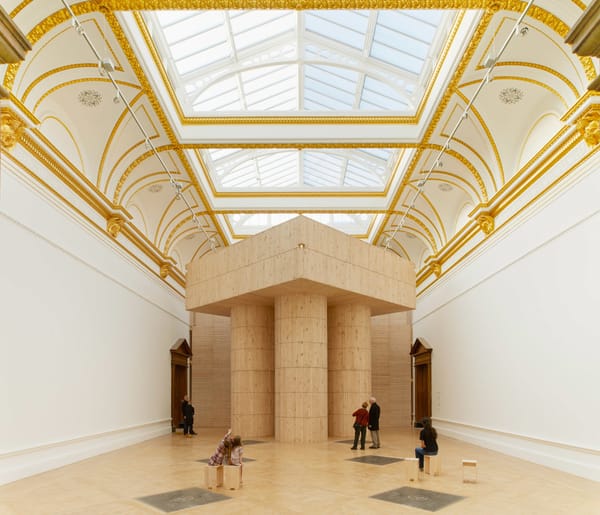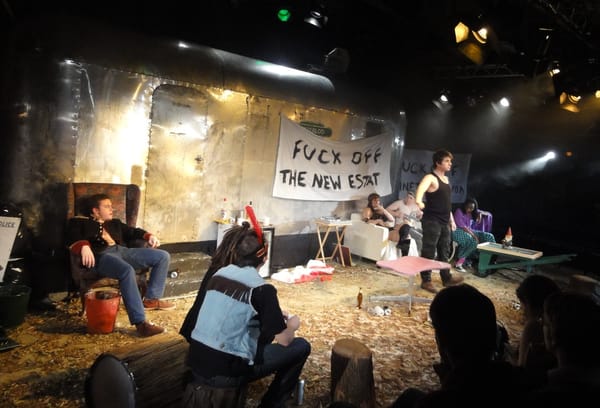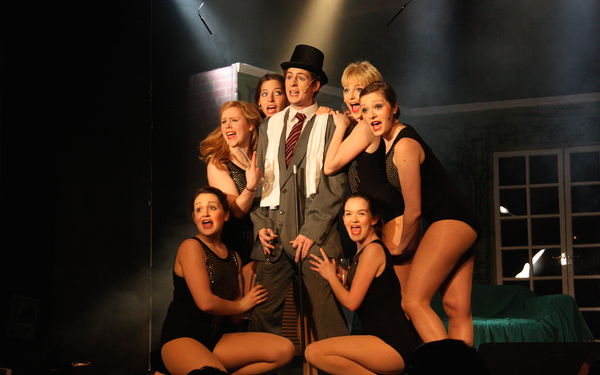Turner Round
Kieran Ryan takes the pilgrimage to Margate to see Turner and Frankenthaler
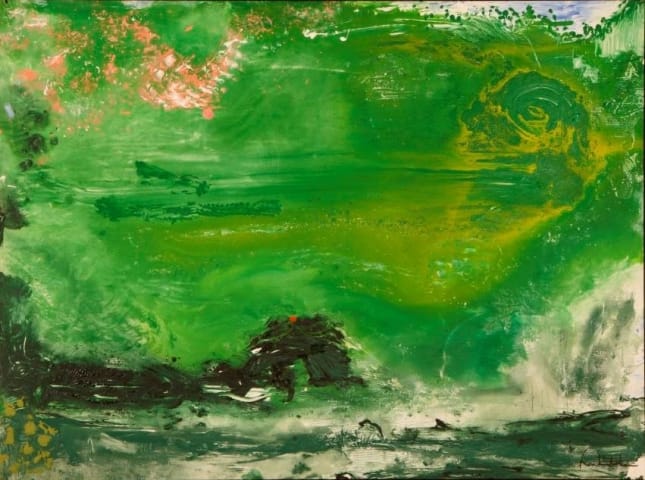
Margate is like the New Brighton of the South, but a bit larger & more remote. It’s stuck between the nostalgia of the seaside’s heyday, disappointment at its current pointlessness, and the trickle of investment coming into British seaside towns. Symptomatic is the amusement park Dreamland, its entrance capped with its name in yellow capitals, closed for the last eight years.
The one departure from this thread, though, is the sail-shaped cluster of edgy, white buildings at the foot of the pier – the Turner Contemporary Gallery. In online photos it looks pretty garish and out of place, but in the flesh it sits on the corner of the bay around which Margate’s large beach wraps with an air of elegance; a rare example of naval-inspired architecture done well, and a bit of a counterpoint to Dreamland. Inside it’s surprisingly light, airy, and, when the sun’s out, bright. I think Turner, a regular visitor to the town in his day, would’ve approved.
I ventured to this corner of the country for a fairly rare exhibition opportunity – Turner paired with Helen Frankenthaler, a New York based abstract expressionist from the mid-20th Century, whose work, firmly based in landscape, just abstracted several degrees further than Turner’s, hasn’t been shown substantially in Britain in forty five years.
As with many abstract expressionists, Frankenthaler’s paintings walk the line between the classically impenetrable “my gran could do that”, and pure genius, touching on that ephemeral and distant feeling you get when you wake up too early, stumble to the window, and realise the sun is just rising.
Overture is a green punch in the face – an intense thrust of a seascape that is just about worthy of its grandiose title. Around the corner, Seapoint, which makes you want to move to Margate, or an oil rig, just so you could stare at the sea all day, is not only Turner reminiscent, but is placed visible from the next room, framed by a string of Turner’s smaller, sketchier works – a tactful piece of curation. Burnt Norton, named after an Eliot poem of the same name (worth a read, google it), is a yawning, tall, and shadowed mountainside, with a thin lake below, and has a very ponderous, layered feeling to it.
Turner’s work is sublime and well chosen. The Falls of the Clyde is my personal favourite, one of the best examples of the painter’s most abstracted, light-suffused landscapes. Imagine a blind person having their sight returned to them while facing an enormous waterfall with the sun in their face.
The two artists complement each other well, overall; the relationship is not direct, after all, as the pair lived over a hundred years apart, and they are largely separated in the exhibition itself. But their basis in and lifelong fascination with landscape give the impression of two artists sitting back to back, creative of a similar breed, each stretching the subject beyond its contemporary bounds. Painters of the same strain, perhaps.
_Making Painting: Helen Frankenthaler and JMW Turner is showing at the Turner Contemporary until 11th May. Admission is free. The train is quick, and the coach is cheap, and the escaping London is worth it all on its own. _

